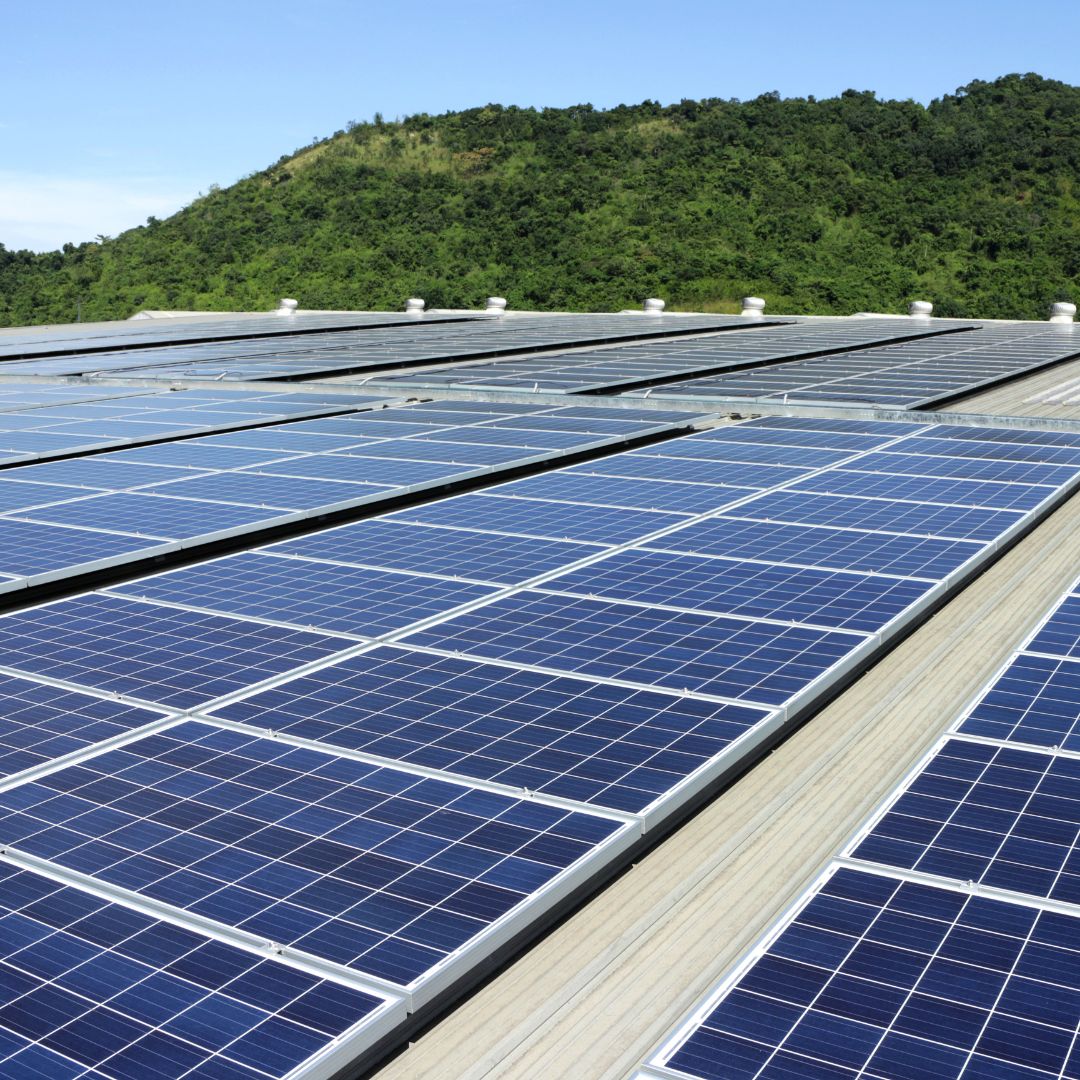
Solar PV owners spend thousands of rands due to mismatched components
Since we have been experiencing load-shedding in SA, there has been a growing number of solar PV installations by homeowners in the country. Additionally, many homeowners with rooftop solar systems are incurring significant repair costs due to performance degradation caused by mismatches between solar panels and inverters.
Mismatched solar components, particularly between photovoltaic (PV) modules and inverters, can significantly affect the performance, efficiency, and longevity of solar energy systems. This newsletter synthesizes findings from various studies to highlight the implications of component mismatches in solar installations and recommendations.
1. Performance Degradation
Mismatched components can lead to performance degradation in solar systems. For instance, when PV modules with different voltage and current ratings are paired with an inverter, the inverter may not operate efficiently, leading to power clipping and reduced energy output. Studies have shown that mismatched voltage levels can cause inverters to operate at suboptimal points, resulting in energy losses of up to 20% in some cases.
2. Efficiency Losses
The efficiency of solar energy systems is heavily influenced by the compatibility of components. In particular, mismatched PV modules and inverters can lead to significant efficiency losses. Research indicates that when the inverter is not optimally matched to the PV array, it can limit the overall system output, causing the system to underperform compared to its potential. This is particularly evident in systems where the inverter is undersized for the array capacity, leading to frequent clipping during peak production hours. Exceeding a component’s design limits will lead to problems. The inverter’s MPPT cannot handle the total power output of the solar panels.
3. Longevity and Reliability Issues
Mismatched components can also impact the longevity and reliability of solar systems. For example, when an inverter is subjected to conditions outside its optimal operating range due to mismatched PV modules, it may experience increased thermal stress and wear. This can lead to premature failure of the inverter, necessitating costly replacements and downtime for the solar system. Additionally, mismatched components can exacerbate wear on PV modules, reducing their lifespan due to inconsistent operating conditions.
4. Economic Implications
The economic implications of mismatched solar components are significant. Systems that underperform due to mismatches can lead to lower energy production, which directly affects the return on investment for solar installations. A study highlighted that mismatched components could result in a payback period that is extended by several years, thereby affecting the financial viability of solar projects. Furthermore, the costs associated with replacing mismatched components can add to the overall financial burden on system owners.
5. Recommendations for Mitigation
To mitigate the impacts of mismatched solar components, several strategies can be employed:
- Component Selection: Careful selection of compatible PV modules and inverters is crucial. Manufacturers often provide guidelines on compatible components, which should be followed to ensure optimal performance.
- System Design: Engaging in thorough system design and planning can help identify potential mismatches before installation. This includes simulations and modeling to predict system performance under various conditions.
- Regular Monitoring: Implementing performance monitoring systems can help detect mismatches early, allowing for timely interventions to correct issues before they lead to significant losses.
- For more information, we recommend that you book for our forthcoming workshop on
Small & Large-Scale Solar Photovoltaic System: Theory, System Components Selection, Installation, Commissioning & Maintenance.
Conclusion
The impact of mismatched solar components is multifaceted, affecting performance, efficiency, longevity, and economic viability. Addressing these issues through careful component selection and system design is essential for maximizing the benefits of solar energy systems.
